Spectral Reflectance Models for Characterizing Winter Wheat Genotypes

Authors:
Optimum wheat (Triticum aestivum L.) yield can be achieved by
developing and growing the best genotypes in the most suited
environments. However, exhaustive field measurements are
required to characterize plants with desirable traits in breeding
plots. Remote sensing tools have been shown to provide relatively
accurate and simultaneous measurements of plant characteristics
without destructive sampling, and at low cost. The aim of this
research was to develop and evaluate spectral reflectance-based
models for characterizing winter wheat genotypes in the semiarid
U.S. Southern Great Plains (SGP). Field experiments were conducted
at Bushland, TX, during the 2011–2012 growing season.
The spectral behavior of 20 wheat genotypes with wide genetic
background was analyzed in relation to leaf area index (LAI) and
yield under irrigated and dryland conditions. Reflectance-based
models were developed and evaluated using three approaches:
the maximum correlations, the optimum multiple narrow band
reflectance (OMNBR), and the vegetation indices (VIs). Results
indicated that the combinations of two to four bands in OMNBR
models explained most of the variability (65% to 89% and 51% to
95% for dryland and irrigated conditions, respectively). Spectral
regions in visible (VIS: 350–700 nm), near-infrared (NIR:
700–1,300 nm), and mid-infrared (MIR: 1,300–2,500 nm) were sensitive
to LAI and yield, most commonly the MIR region. Models
developed in this study are expected to assist in developing rapid
and reliable methods for germplasm screening and selection of
winter wheat genotypes.
